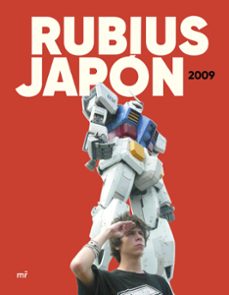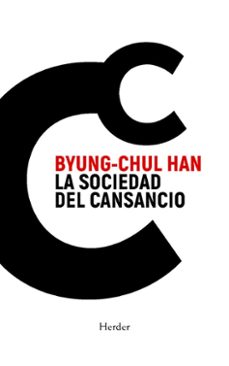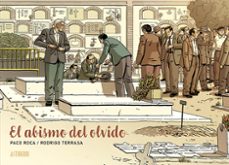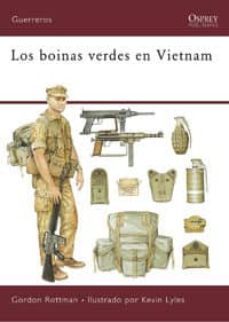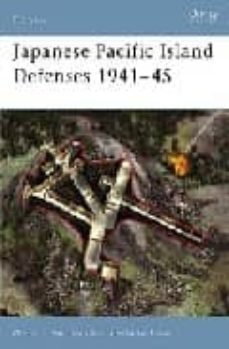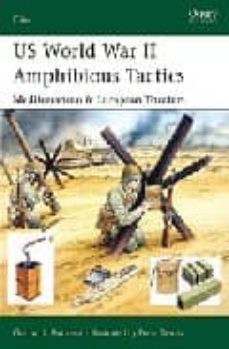Imprescindibles
Ficción
No Ficción
Ciencias y tecnología Biología Ciencias Ciencias naturales Divulgación científica Informática Ingeniería Matemáticas Medicina Salud y dietas Filología Biblioteconomía Estudios filológicos Estudios lingüísticos Estudios literarios Historia y crítica de la Literatura
Humanidades Autoayuda y espiritualidad Ciencias humanas Derecho Economía y Empresa Psicología y Pedagogía Filosofía Sociología Historia Arqueología Biografías Historia de España Historia Universal Historia por países
Infantil
Juvenil
Cómic y manga
Novela gráfica Novela gráfica americana Novela gráfica europea Novela gráfica de otros países Personajes, series y sagas Series y sagas Star Wars Superhéroes Cómics DC Cómics Marvel Cómics otros superhéroes Cómics Valiant
eBooks
Literatura Contemporánea Narrativa fantástica Novela de ciencia ficción Novela de terror Novela histórica Novela negra Novela romántica y erótica Juvenil Más de 13 años Más de 15 años Infantil eBooks infantiles
Humanidades Autoayuda y espiritualidad Ciencias humanas Economía y Empresa Psicología y Pedagogía Filosofía Historia Historia de España Historia Universal Arte Cine Música Historia del arte
Ciencia y tecnología Ciencias naturales Divulgación científica Medicina Salud y dietas Filología Estudios lingüísticos Estudios literarios Historia y crítica de la Literatura Estilo de vida Cocina Guías de viaje Ocio y deportes
GORDON L F ROTTMAN
Recibe novedades de GORDON L F ROTTMAN directamente en tu email
Filtros
Del 1 al 3 de 3
RBA LIBROS 9788498676228
Vietnam fue la misión más compleja y controvertida de las Fuerzas Especiales de los Estados Unidos, misión que comenzó en 1957 y terminó en 1973. Fuerzas de ataque de campo, fuerzas de ataque móviles, fuerzas de guerrilla móviles, proyectos de reconocimiento especiales, misiones de entrenamiento, e imposiciones de los cuarteles generales proveyeron de vasta experiencia a los soldados de las Fuerzas Especiales. Otros factores fueron el terreno, el clima, y el curso cambiante de la propia guerra. Gordon Rottman examina el entrenamiento, vida, armas y experiencias de combate de los soldados de la Fuerzas Especiales en ente exigente entorno.
Ver más
Tapa blanda
OSPREY PUBLISHING 9781841764283
The prolonged and bloody fighting for control of the Japanese occupied Pacific islands in World War II is a key point in 20th-century warfare. No two islands were alike in the systems and nature of their defensive emplacements, and local improvization and command preferences affected both materials used and defensive models. This title details the establishment, construction and effectiveness of Japanese temporary and semi-permanent crew-served weapons positions and individual and small-unit fighting positions. Integrated obstacles and minefields, camouflage and the changing defensive principles are also covered.
Ver más
Tapa blanda
OSPREY PUBLISHING 9781841769547
The US armed forces pioneered amphibious warfare in the Pacific and by the time of the D-day landings they had perfected the special equipment and tactics necessary for this extraordinarily difficult and risky form of warfare. This fact-packed study details the doctrine, equipment and tactics that evolved between the North African landings of November 1942 and those in the South of France in August 1944, and illustrates many aspects of the physical realities of assault landings through the use of photos, diagrams and color plates.
Ver más
Tapa blanda
Del 1 al 3 de 3

